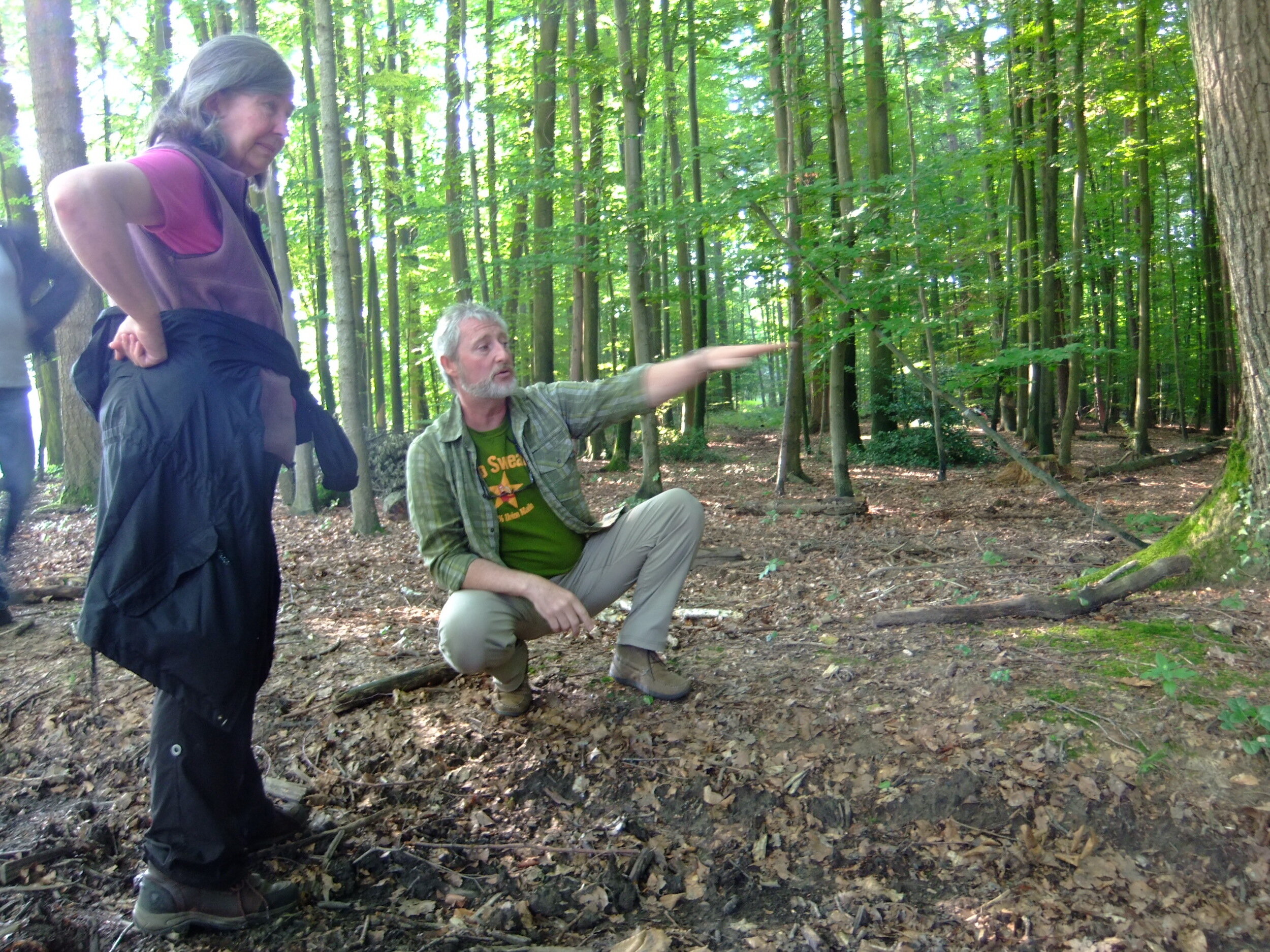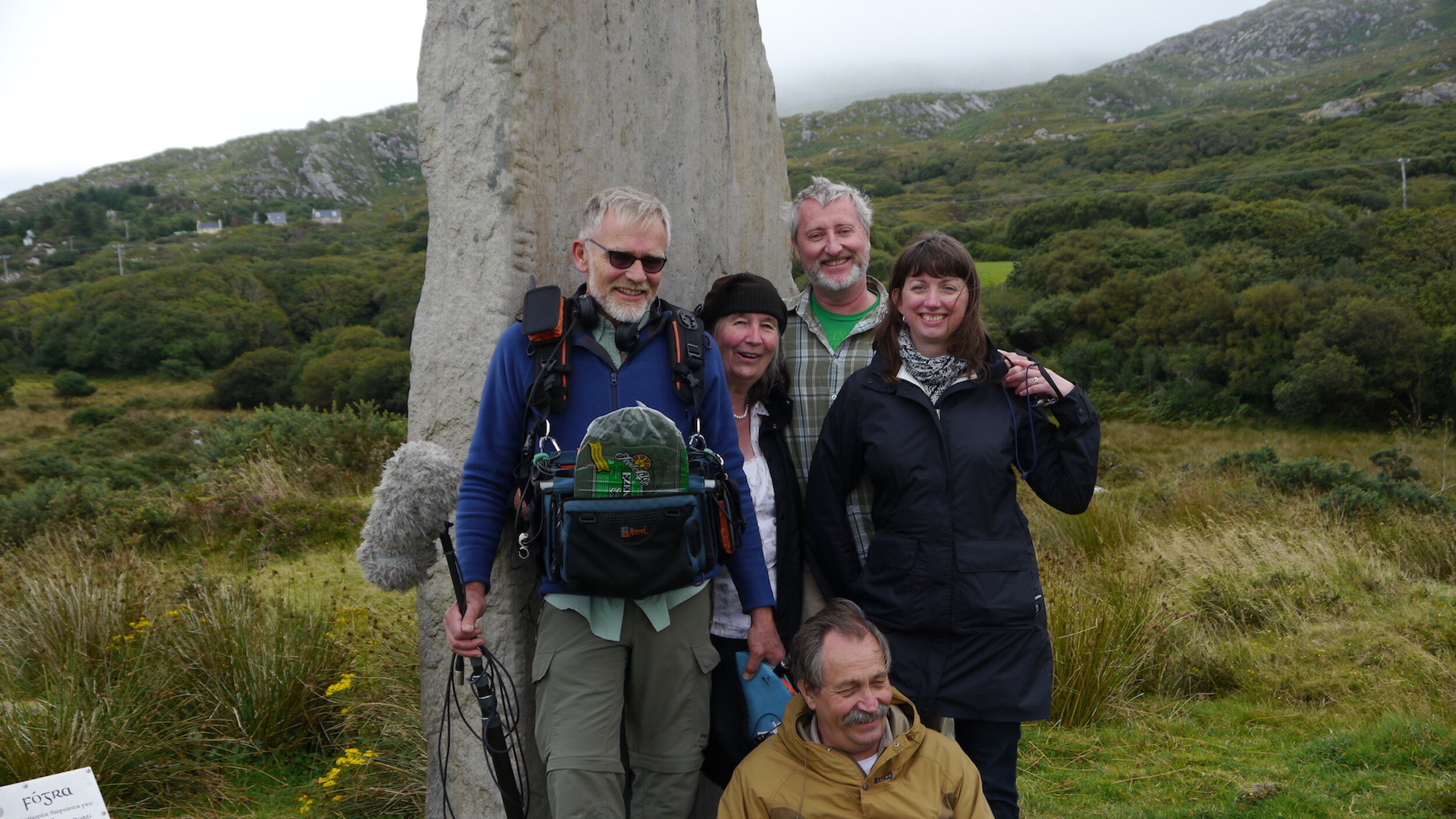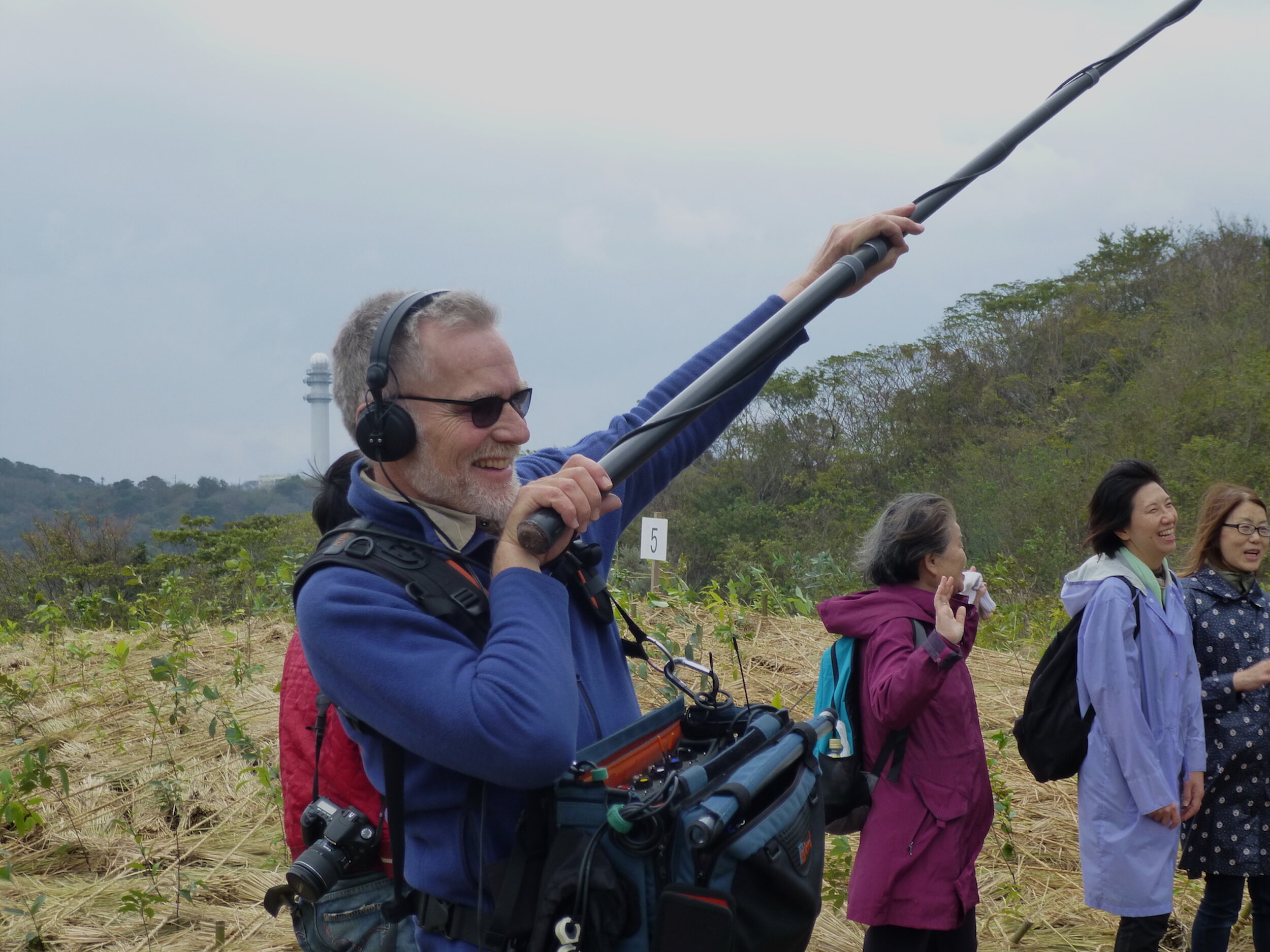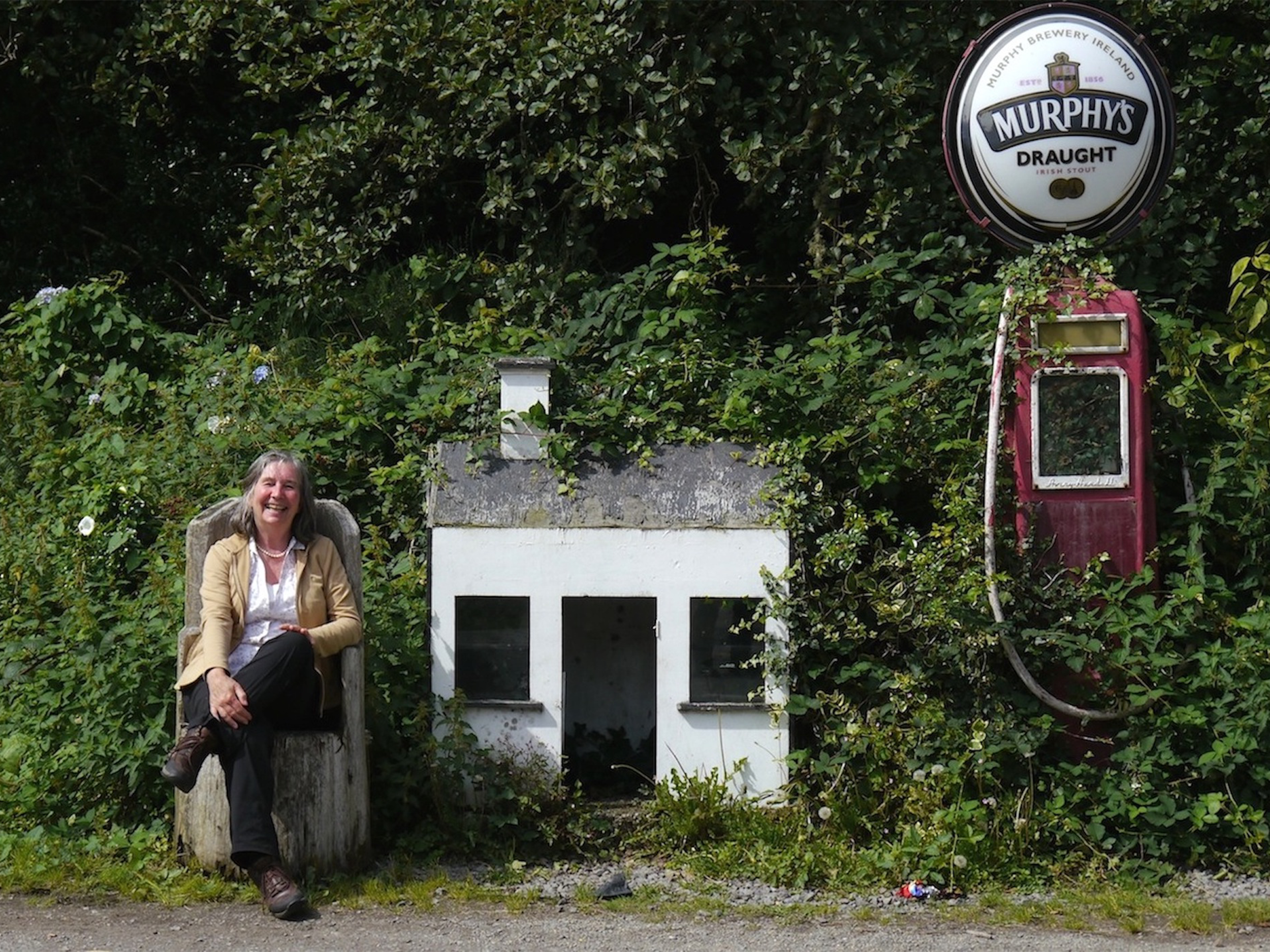
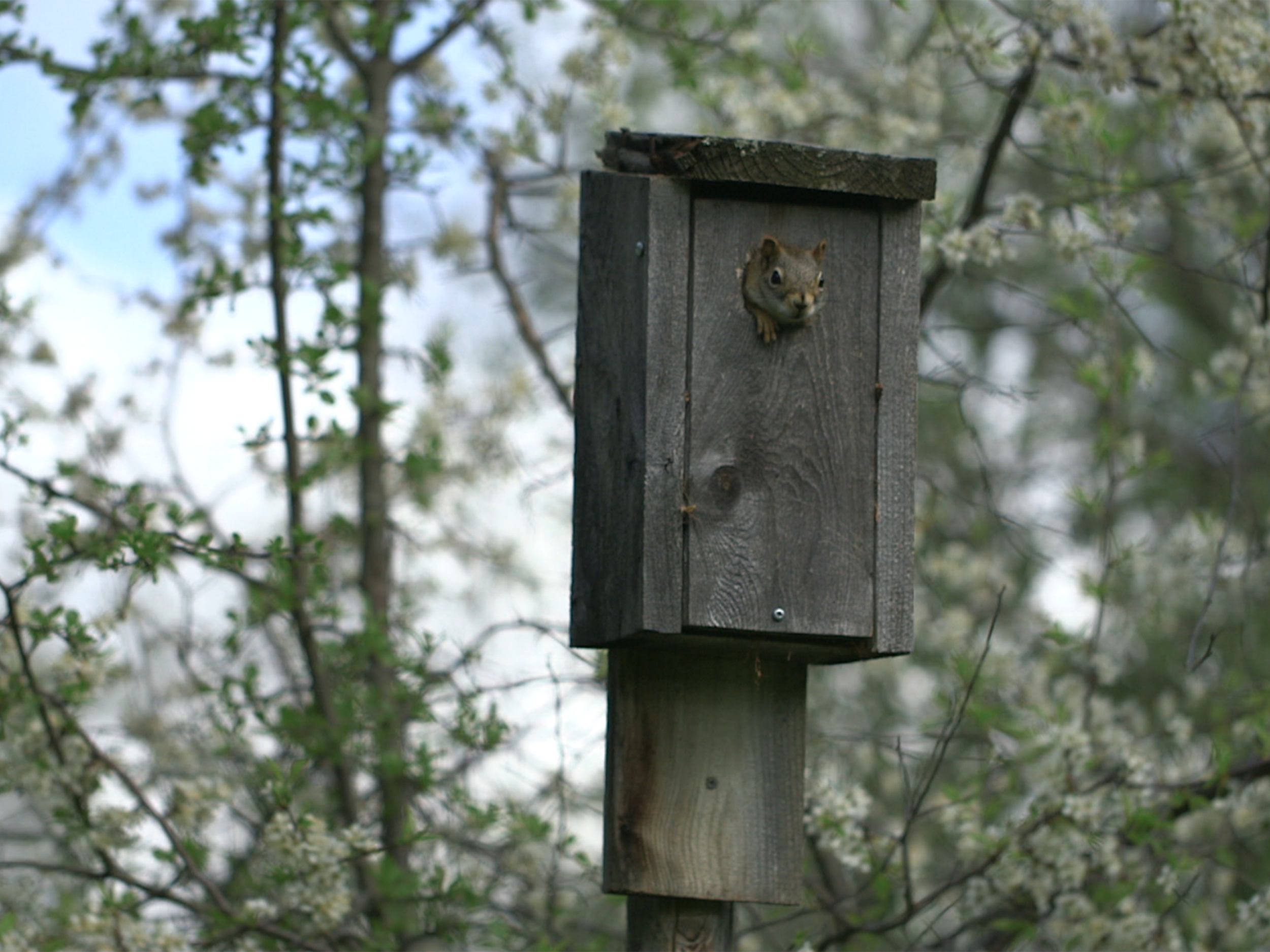
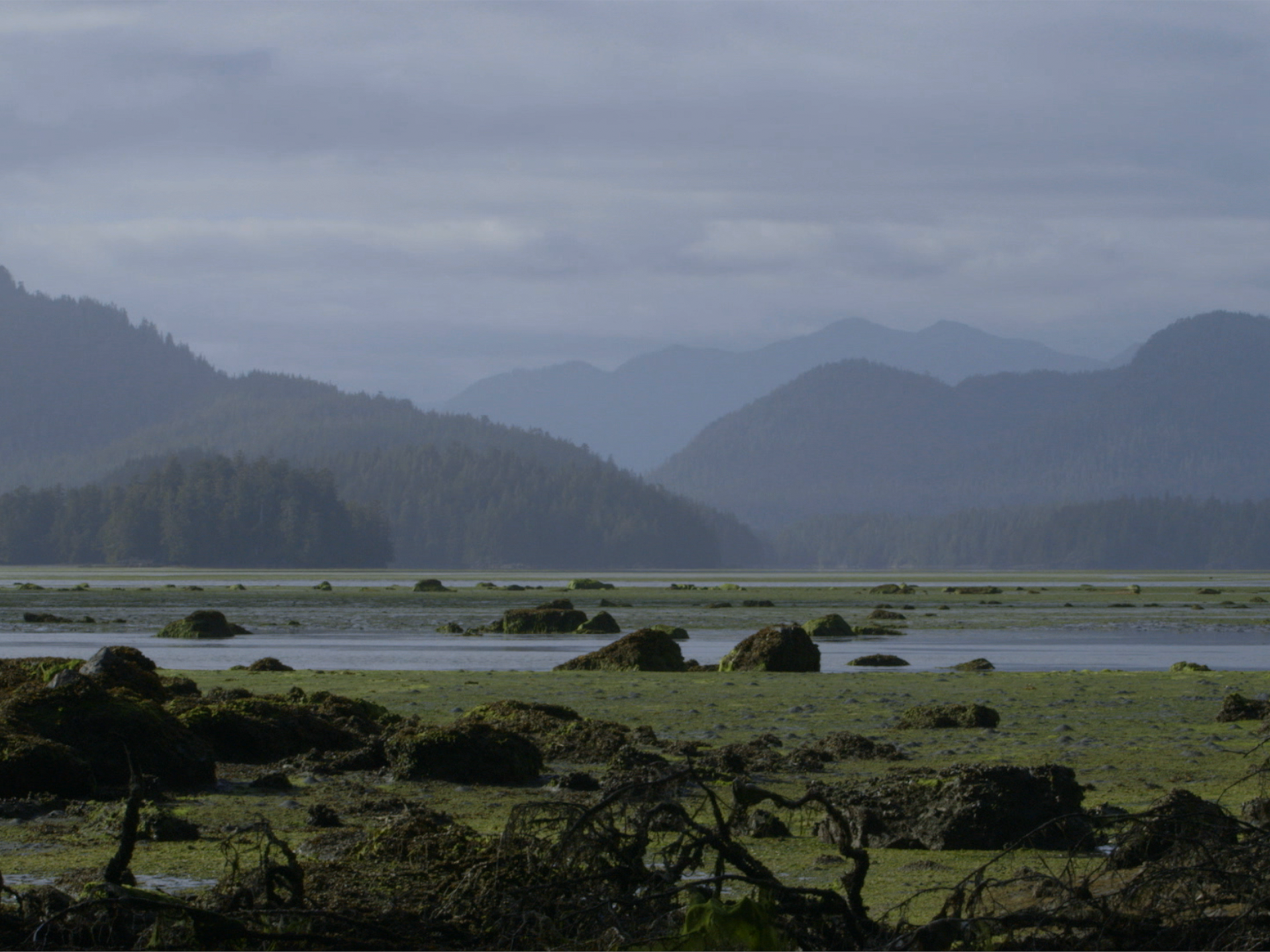


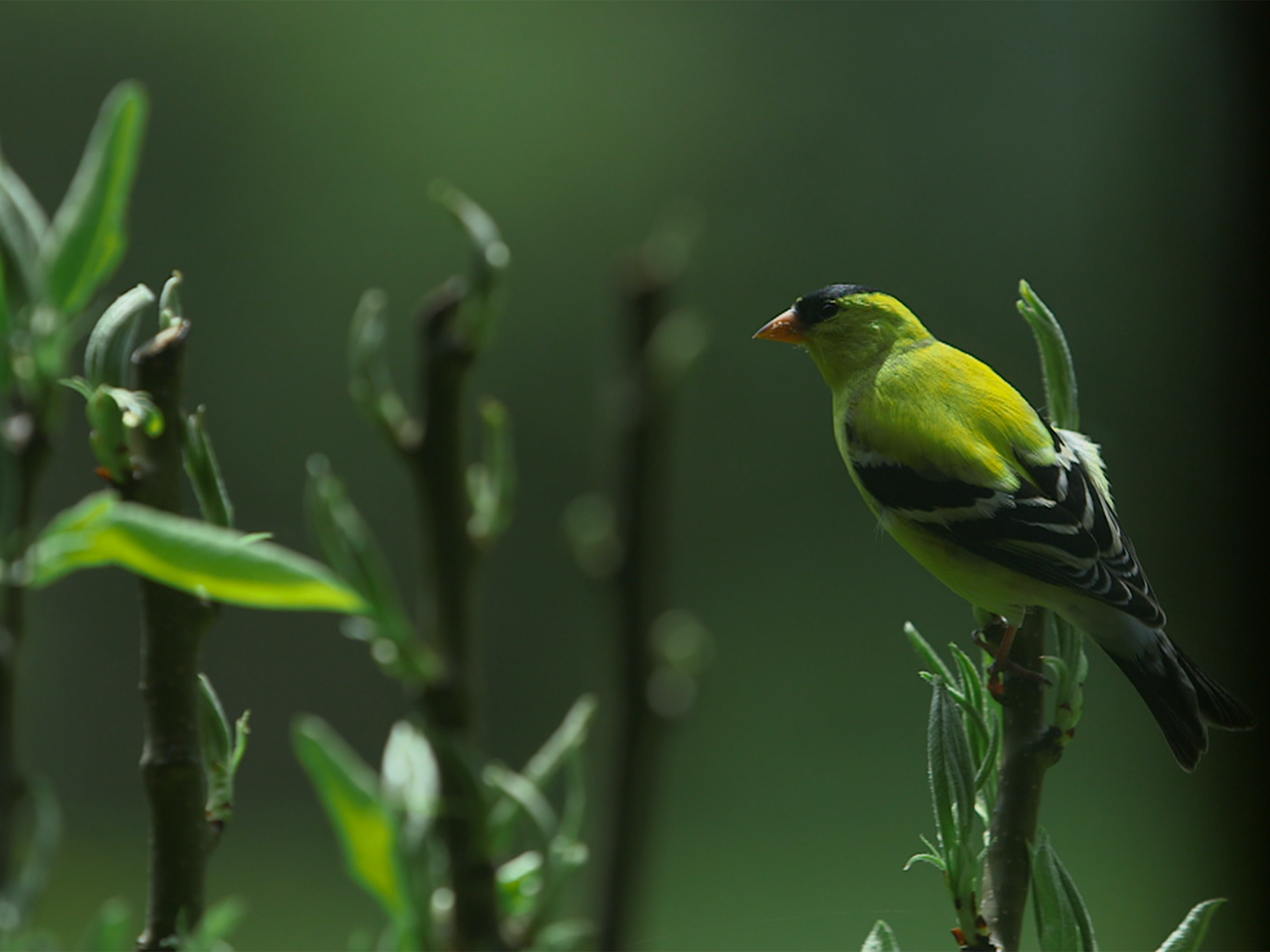
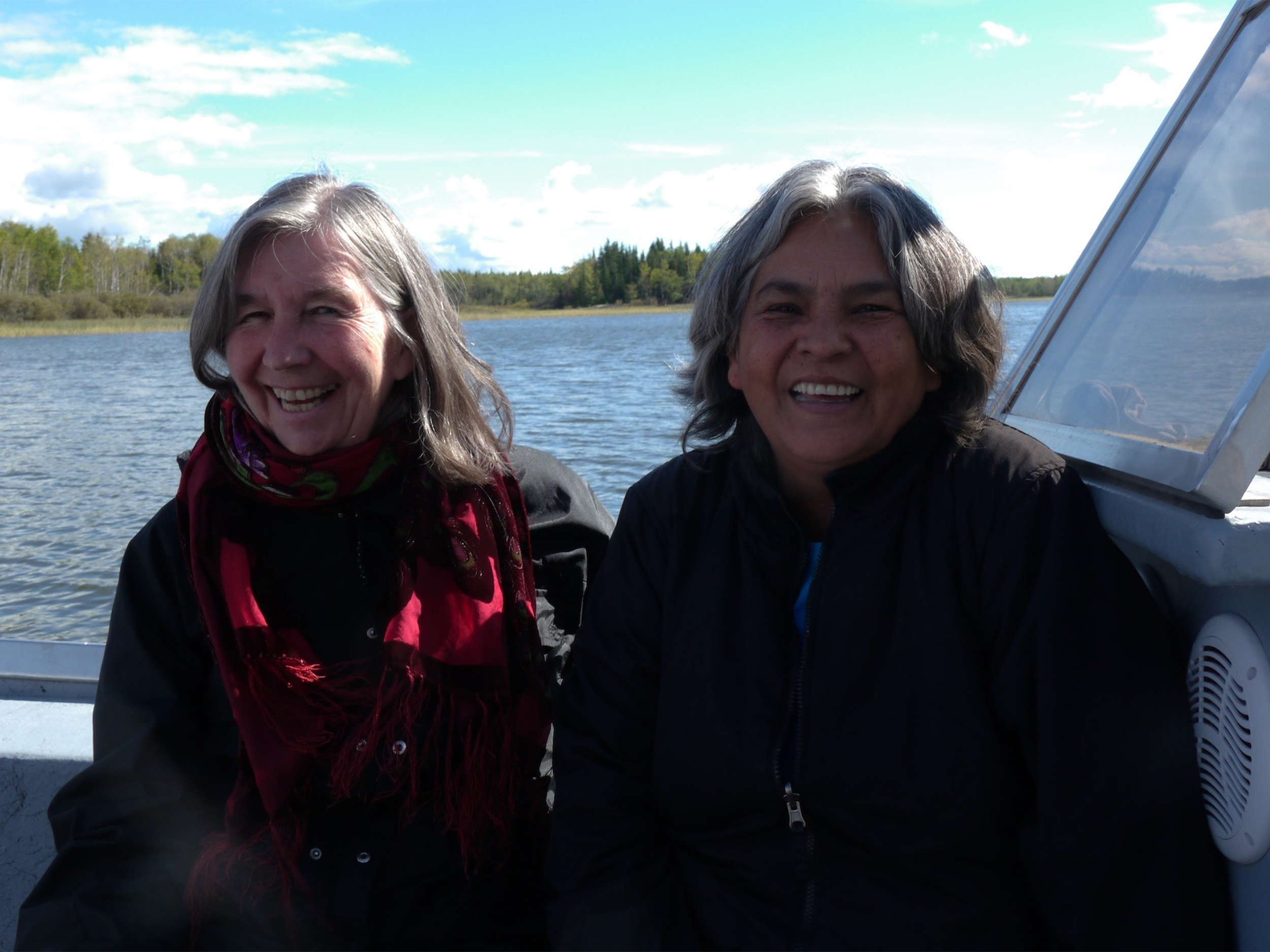

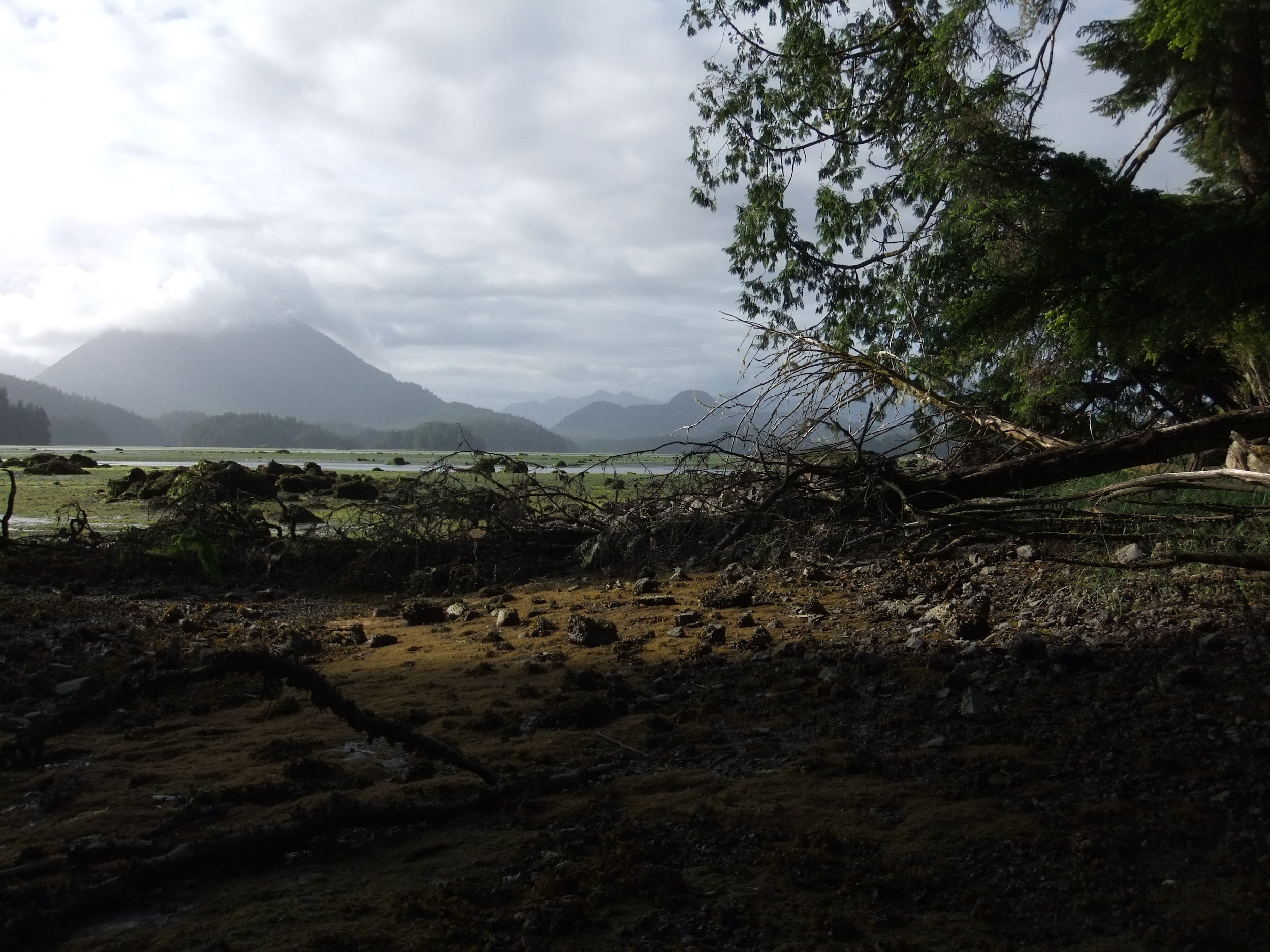
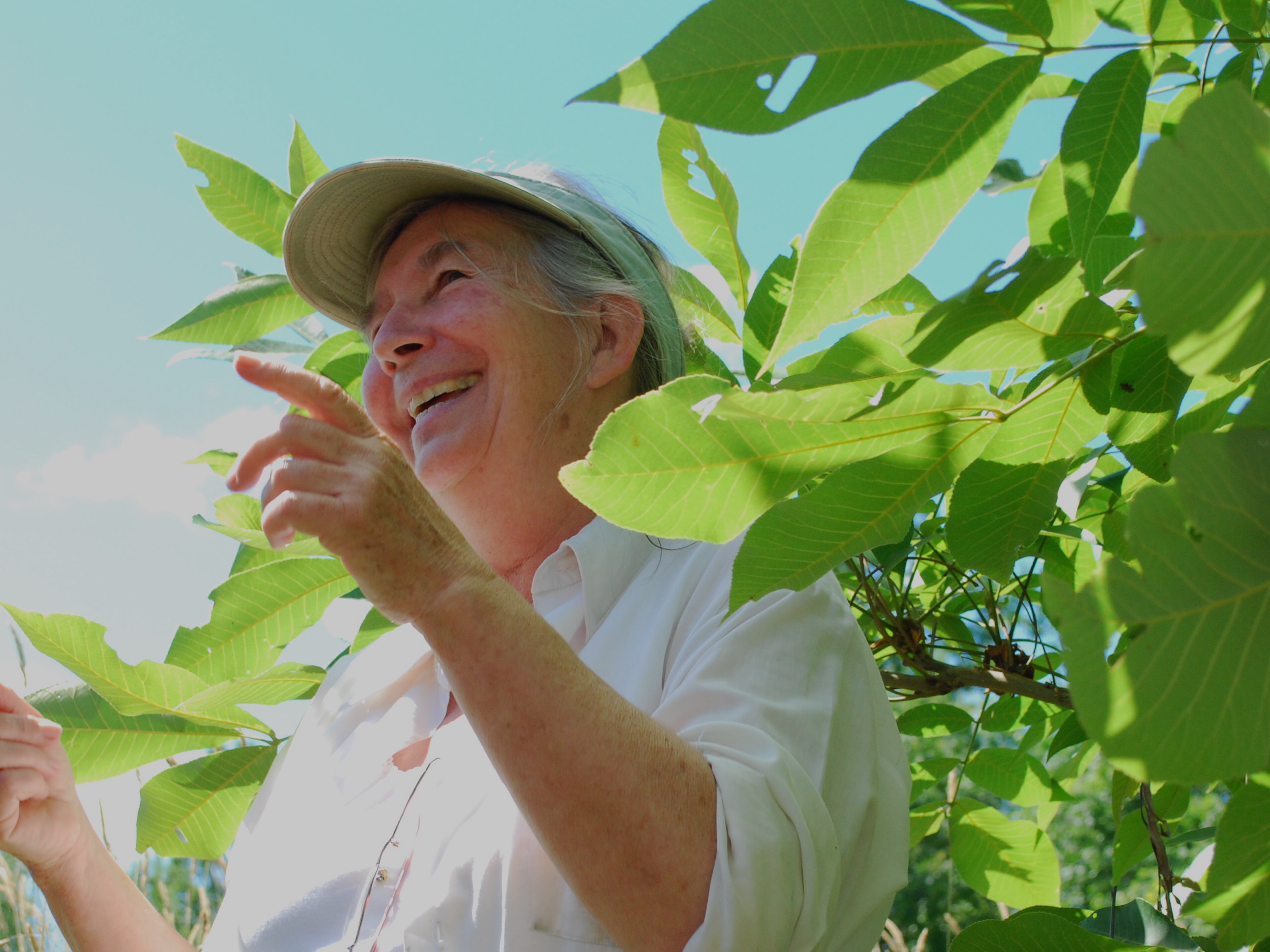
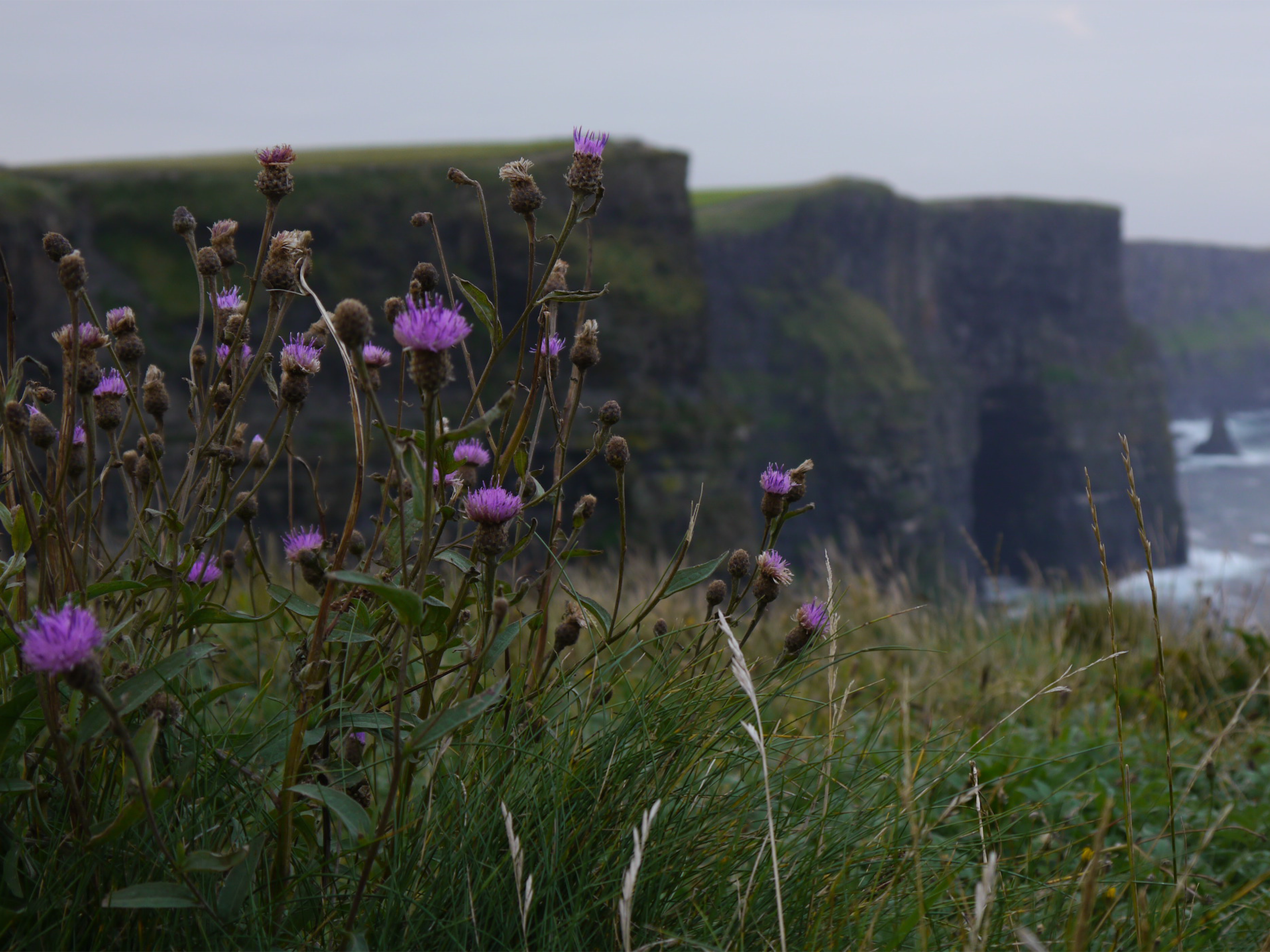
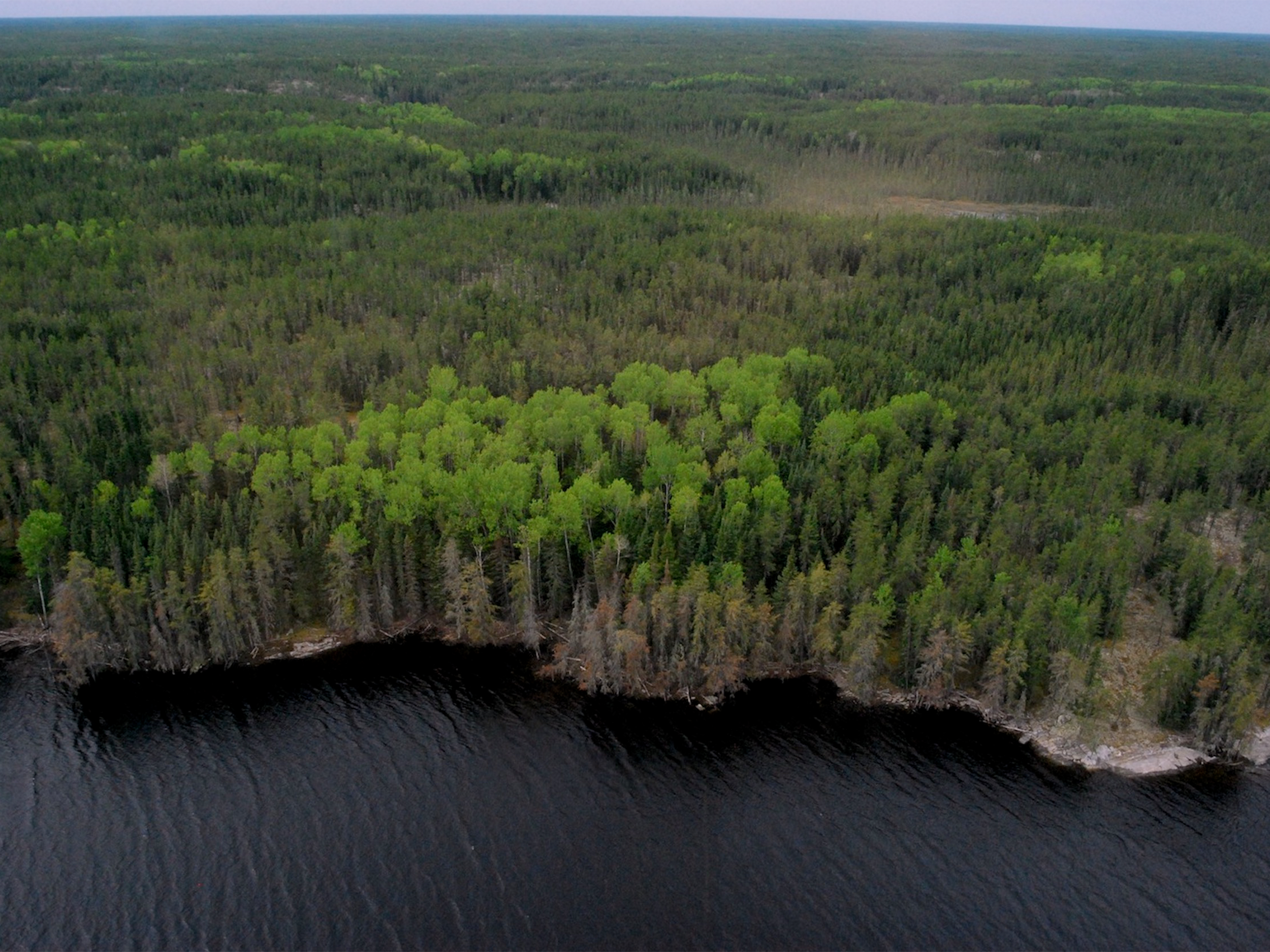
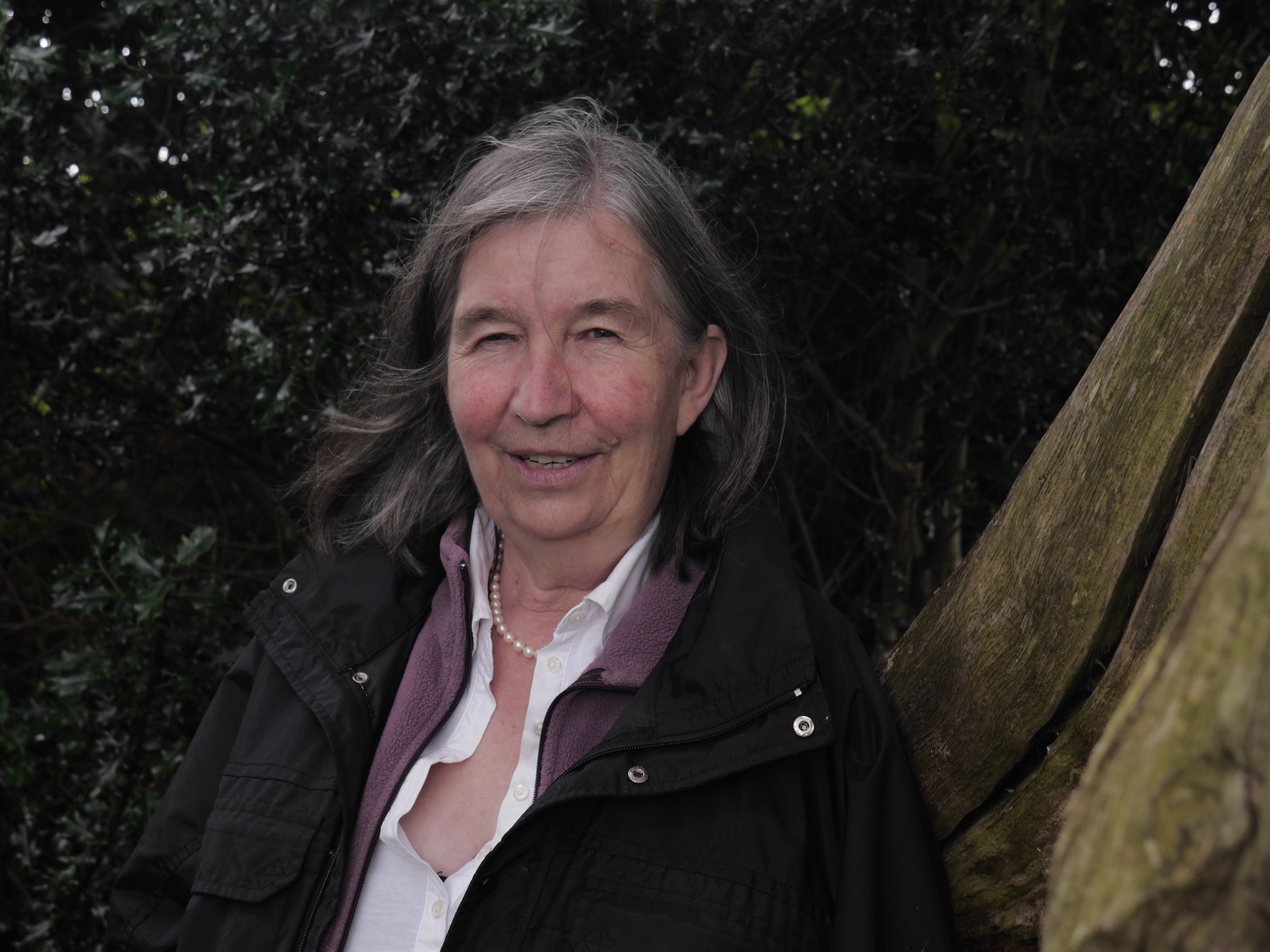

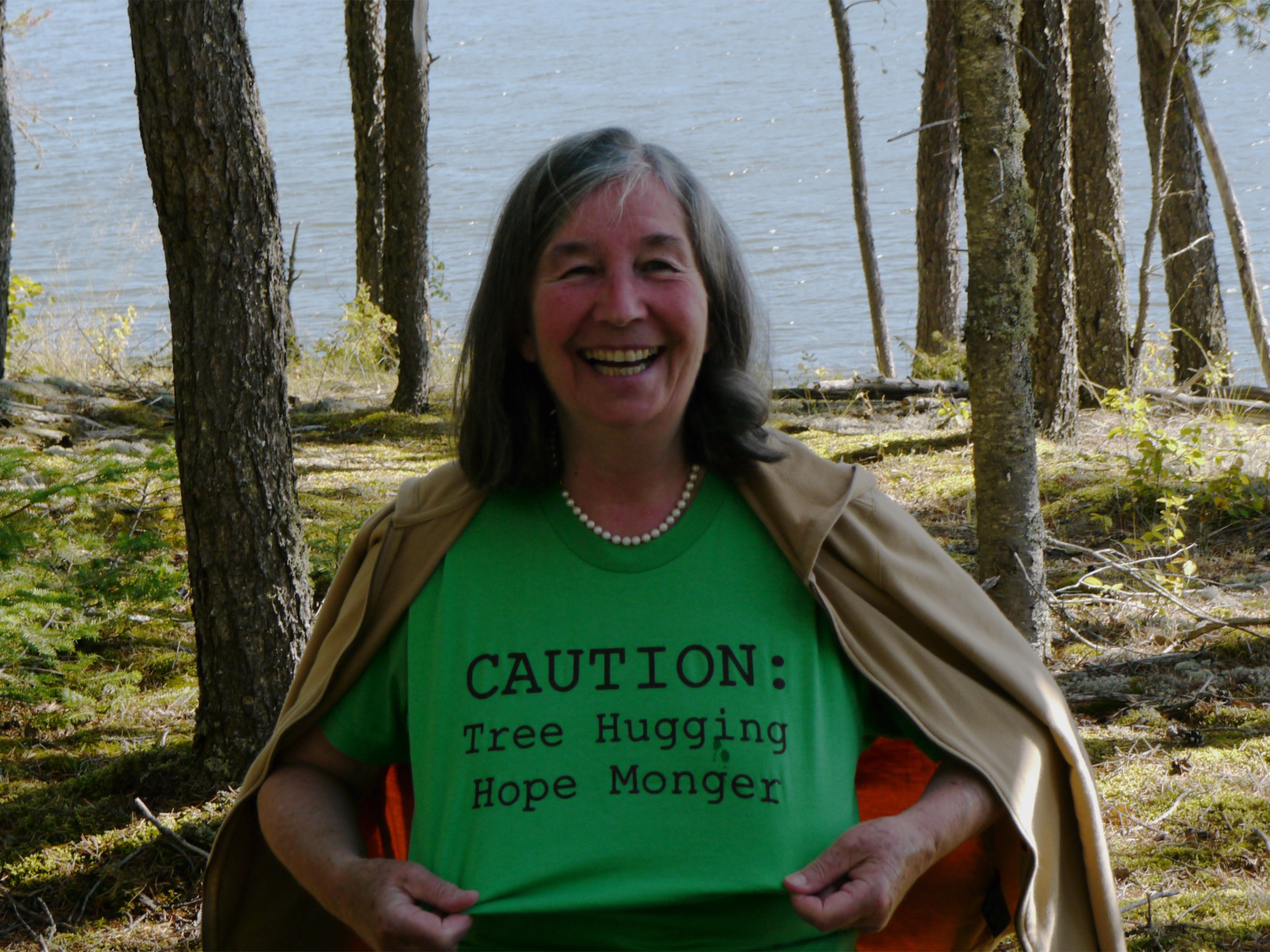
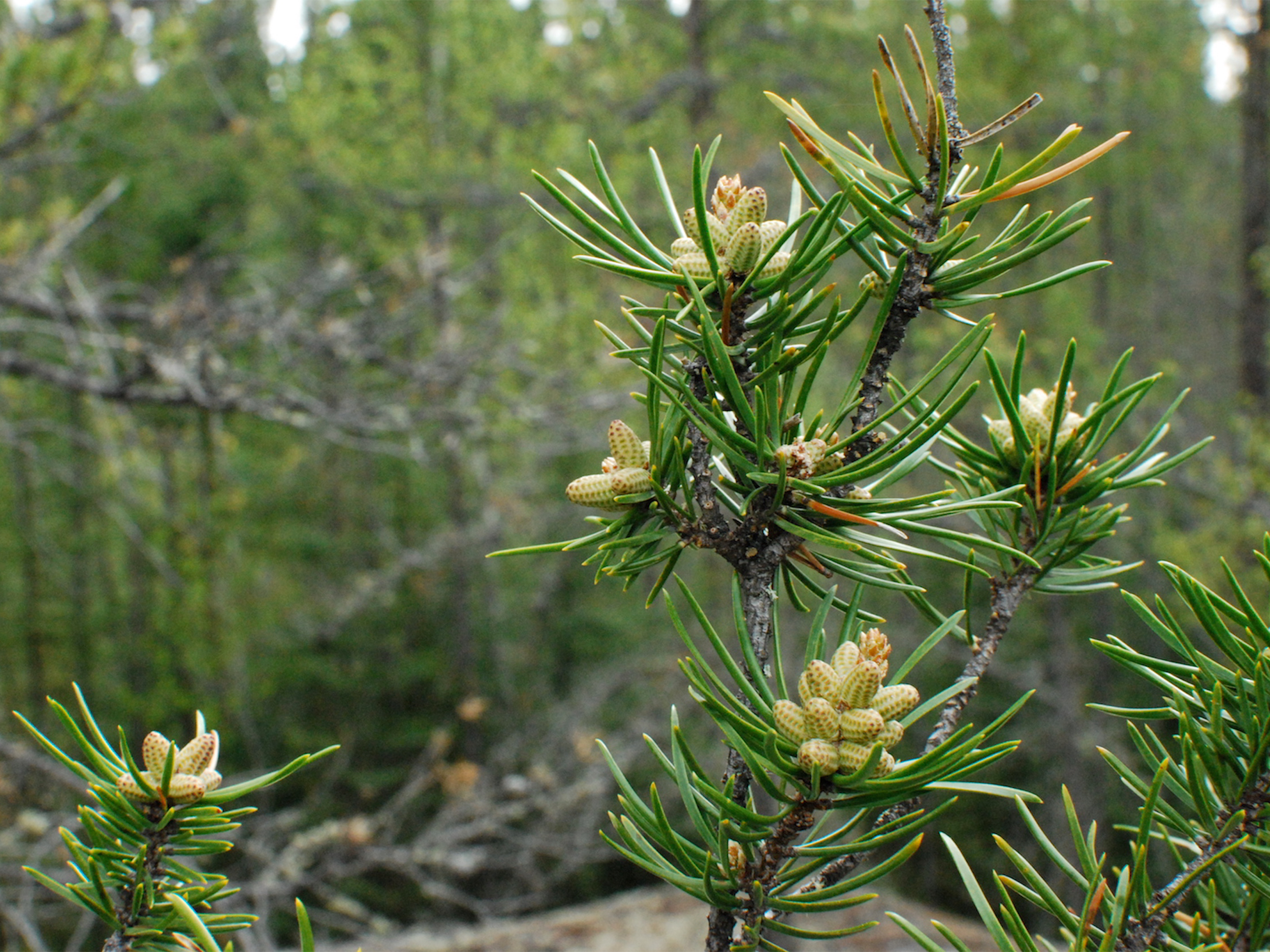

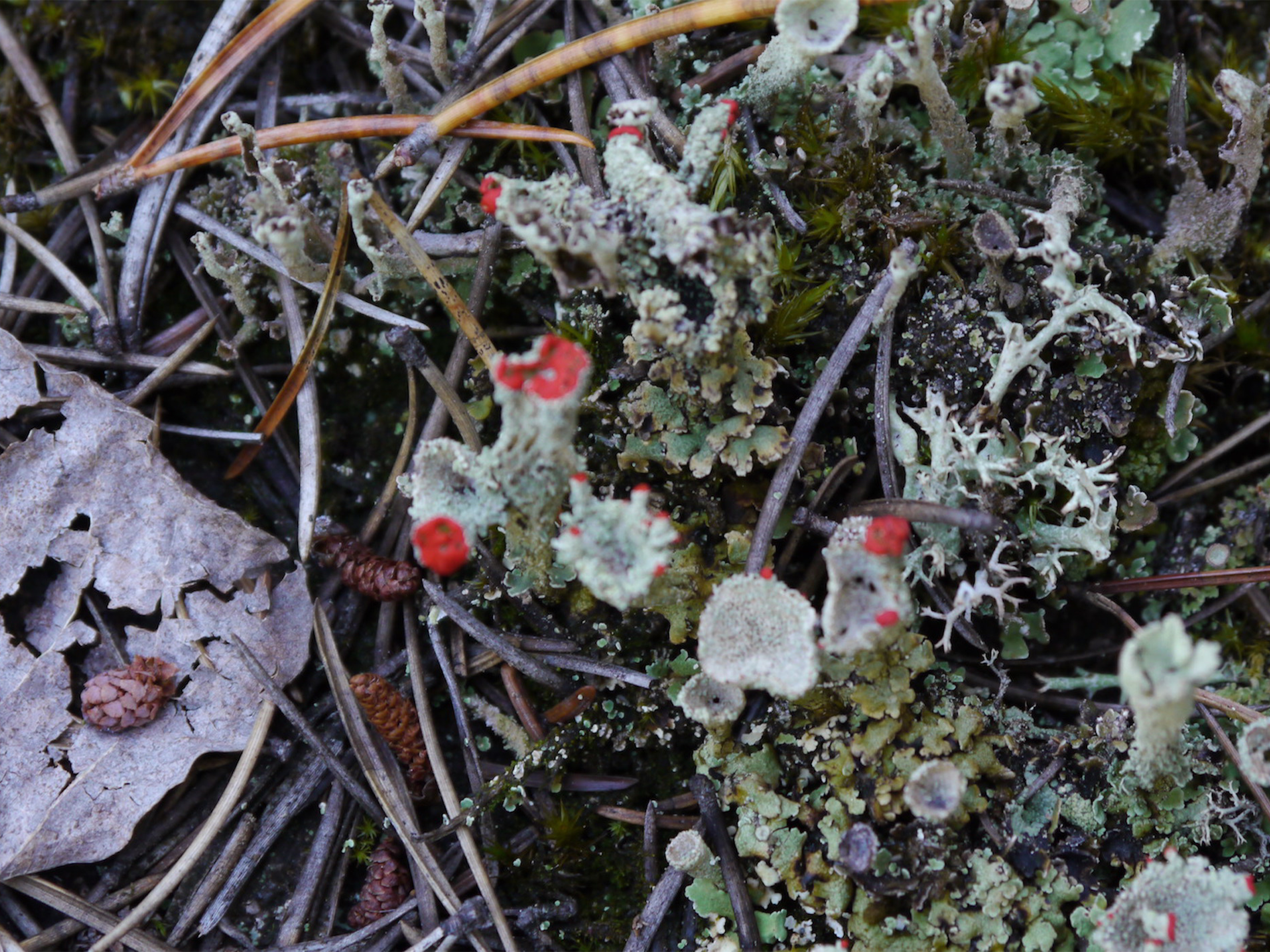
Call of the Forest
The Forgotten Wisdom of Trees
2016 | 85 mins | HD
Take a walk in the woods with acclaimed Irish-Canadian scientist and author, Diana Beresford-Kroeger, as she reveals our profound human connection to the ancient & sacred northern forests and the essential role that they play in sustaining the health of our planet.
A film by Jeff McKay. Produced by Edgeland Films & Merit Motion Pictures.
Director: Jeff McKay
Starring: Diana Beresford-Kroeger
Genre: Documentary
Subtitles: English [CC]
Audio languages: English
WATCH THE TRAILERS
NOTES
“Filmmaking can be an exhausting and often very challenging process and we hope you may have an opportunity to experience the film, from all of us who have given so much of ourselves to its creation.”
Jeff McKay and Diana Beresford-Kroeger in Ireland (2013)
A BIT OF BACKSTORY FOR YOU - About how this film came to be:
In thirty five plus years of making films - this is for certain the largest film project I have taken on. My roles were as Director/Cameraman/Editor/Co-Writer with Diana and Co-Producer. My production company Edgeland Films Inc. with Merit Motion Pictures, Merit Jensen Carr and I formed Treespeak Films Inc.
This film is a love letter to the forest from myself, my co-producer Merit Jensen–Carr and from Diana Beresford-Kroeger.
My first ‘encounter’ with Diana Beresford-Kroeger was a radio interview I happened upon while running errands one morning. I had never heard anyone talk about trees the way Diana did. She shone a light on each value of a tree.
Little beknownst to me at that time did I know that I would spend more than five years, working to create the film, ‘Call Of The Forest – The Forgotten Wisdom Of Trees’, with Diana and Merit.
Composer Cesar Requena at work
After making many films since 1985, the experience of working with Diana on this film has been truly gratifying and one and that I cherish. I wish to personally thank everyone who participated in the making of Call Of The Forest and to my production partner Merit Jensen-Carr who has been steadfast in her support. Our production has been so fortunate to find like-minded creative collaborators and broadcasters.
Diana & Prof Katsuhiko Matsunaga
MY OWN PHILOSOPHY ABOUT THE FOREST and my inspiration to make this film:
For those of us who have grown up in Canada there seems an endless supply of trees, yet in this country we cut down approximately a billion of them every year. This idea of an endless natural bounty reminds me of a story I heard in elementary school. It was from John Cabot’s diary about the Grand Banks of Newfoundland. Cabot wrote that all one had to do to catch fish was to drop a bucket over board and pull it up and there would be fish in it. Now a days that bucket is more likely to not be filled with fish but with used condoms and tampon applicators.
The main figure in this film, biochemist and botanist Diana Beresford Kroeger talks about seeing within view for the first time, the end of nature. For us in the cities, I suspect we must look with a guided eyeglass to see what is happening in nature, as we have lost the ability for ourselves to know what we are seeing. We are in tune with the rhythm of the cities, with its traffic flows, but not so much with how a river flows.
This idea of sign recognition in nature is key to the understanding the interconnected laws of our natural world beyond our immediate selves; recognition, identification of signs and comprehension of implications of our actions and/or inactions.
And for Diana, the tree is our perfect steppingstone back to nature. From the single tree outside your door to a vast forest beyond our view or conception, Diana believes the necessary re-engagement of person and tree is where real understanding of nature can grow from. This is even more critical as the world’s population is shifting towards urban from rural. And it will be the urban populations that will determine the policies of how the rural agricultural lands and forests will be managed.
ABOUT THE FILM
Diana and Dr. Akira Miyawaki
We have the chance to hear first hand from foremost experts in reforestation. Dr. Akira Miyawaki, a worldwide specialist in the restoration of natural forest systems on degraded land, shows us how a native forest system can be planted even in the smallest street corner of Tokyo.
Dr. Bill Libby, a pioneer in the field of forest tree genetics, tells us about the impacts of climate change on California’s coast redwood and giant sequoia forests.
Since 2002 Andrew St. Ledger, co-founder of The Woodland League in Ireland, has dedicated his life to restoring native woodlands in Ireland.
We are introduced to the Anishinaabe people of Pimachiowin Aki who are working to have 33,400 square kilometers of boreal forest in Canada recognized as a UNESCO World Heritage Site.
Diana in front of a redwood
E. O. Wilson, Harvard entomologist, conservationist and father of modern environmentalism says, “Diana Beresford-Kroeger and I share a dream. We want people to see the forest and the trees, and the wildlife abounding in wild environments, in fine detail. We want native species to be valued and cultivated one by one for the special place they have in the deep history of the land.”
Jeff McKay filming near Bloodvein River
Trees provide food, create medicine, and most importantly, provide life-giving oxygen. Without trees and their ability to capture carbon dioxide, our living breathable atmosphere would cease to exist on our planet. Trees are the most important living organisms on earth, chemically affecting our environment more than anything else, and playing a vital role that sustains all life. Trees are literally the lifeline of the planet and the key to reversing climate change.
The Call of the Forest film and movement is a call for massive, global reforestation to reverse climate change. If we could look back in time we would see forests blanketing the continents. But as human society has developed we have lost upwards of ninety five percent of the world’s forests and we continue to lose more than one hundred and forty square kilometres of forest per day. Only 5% of the world’s old growth native forests currently remain today.
IT’S MOST IMPORTANT TO REALIZE: When a native specie forest is removed – it takes with it the smaller plants, insects, birds, animals, reptiles; everything that makes its home there. Add the water, streams and aquifers that are affected by the loss of a native specie forest.
Call of the Forest sounds the alarm by calling for immediate action on a global scale, but at its heart, it is a story of triumph, proposing a simple strategy for each of us to combat climate change by planting trees in our own yards and neighbourhoods.
Climate change is happening. What can we do about it?
It will start with a shovel and an acorn, but we might just change the world.
Visit calloftheforest.ca for more information.







